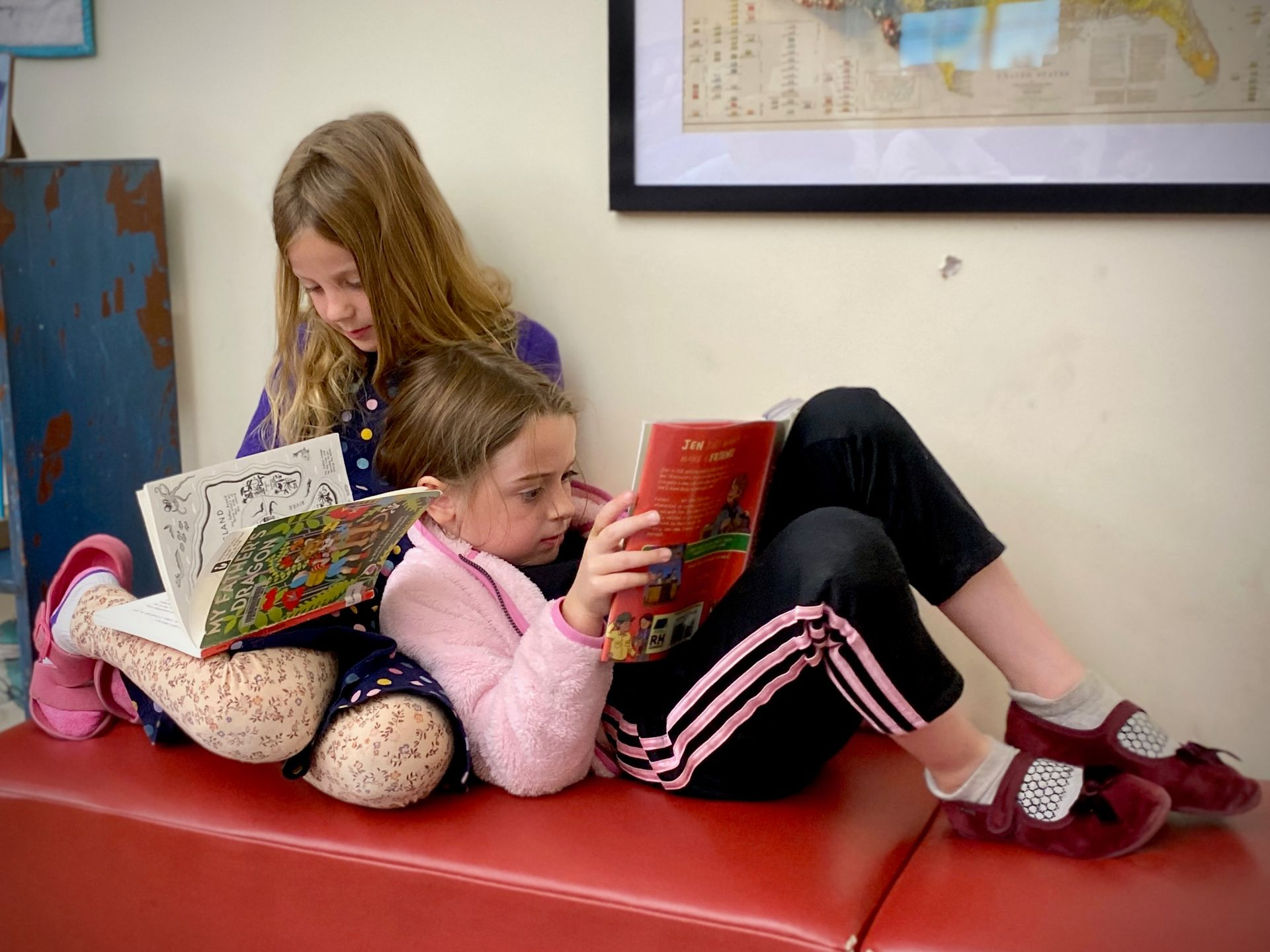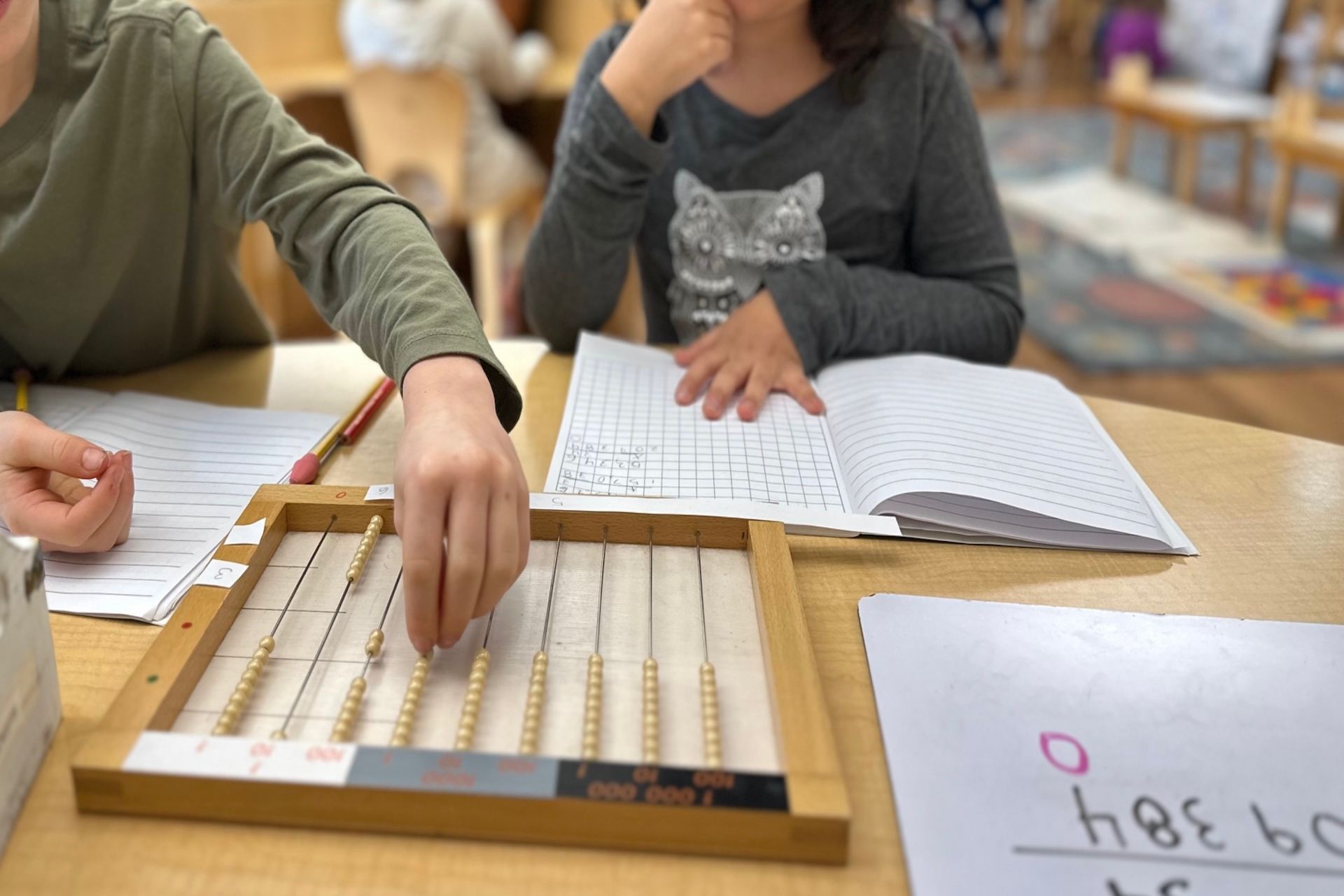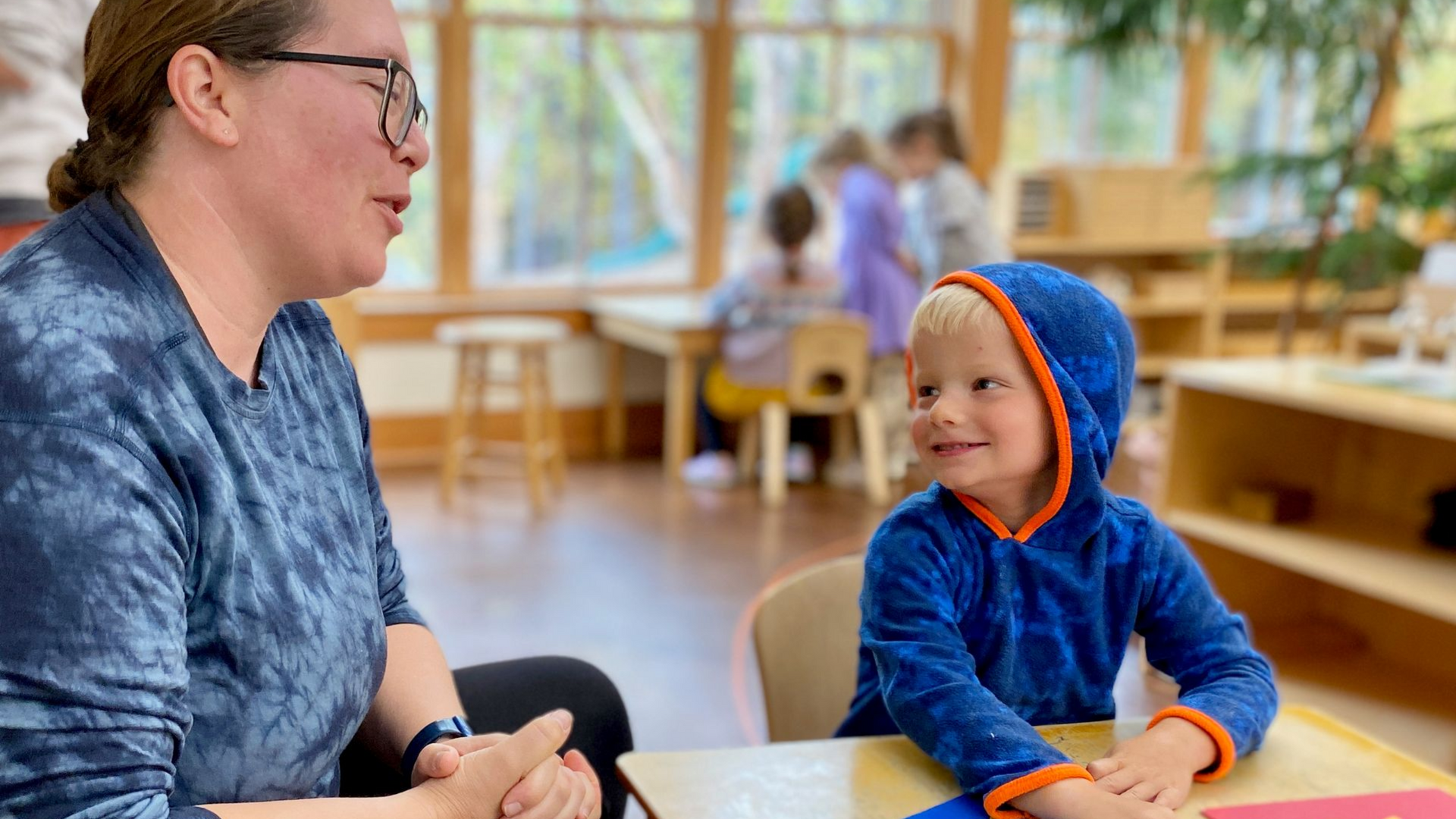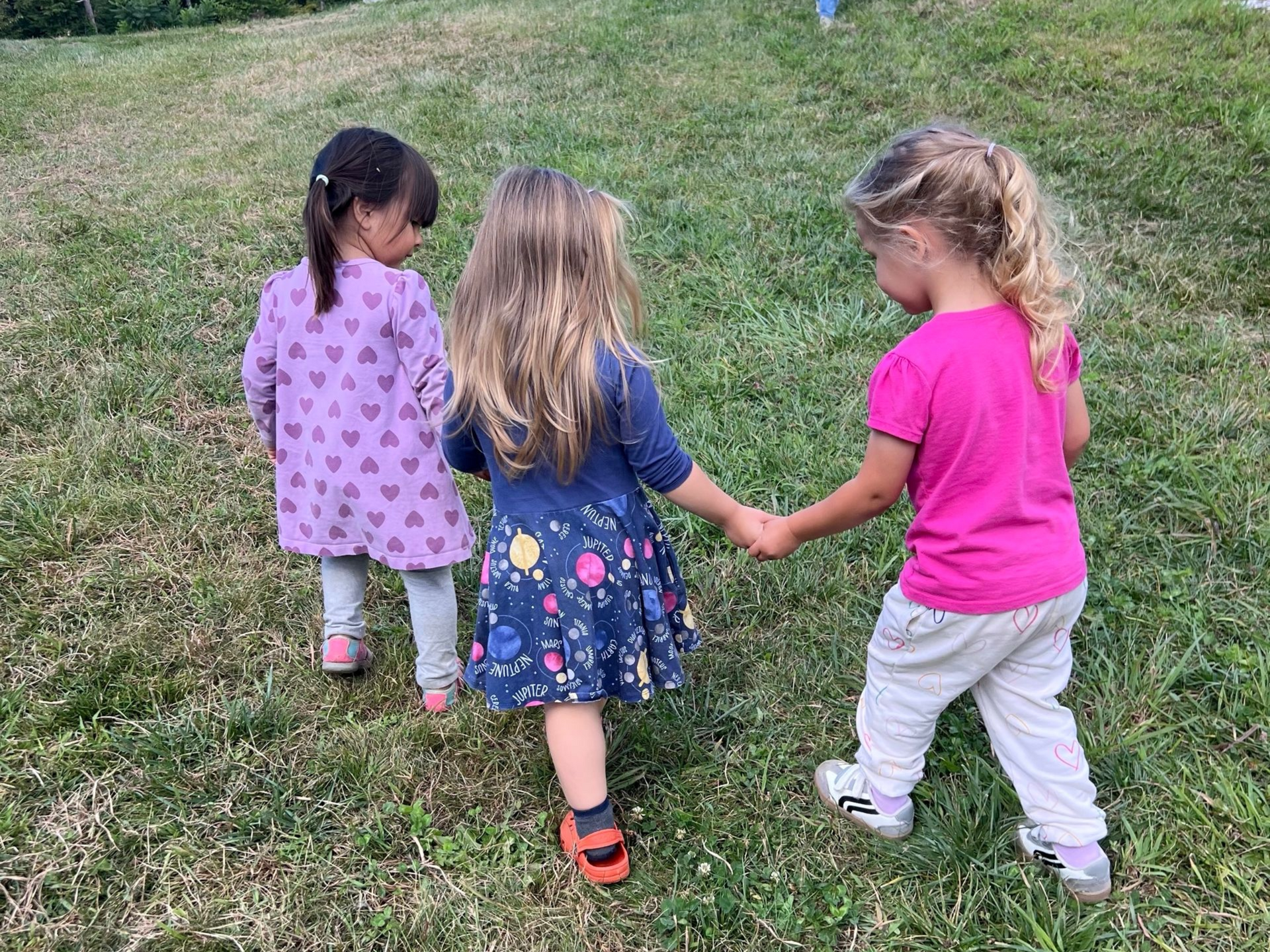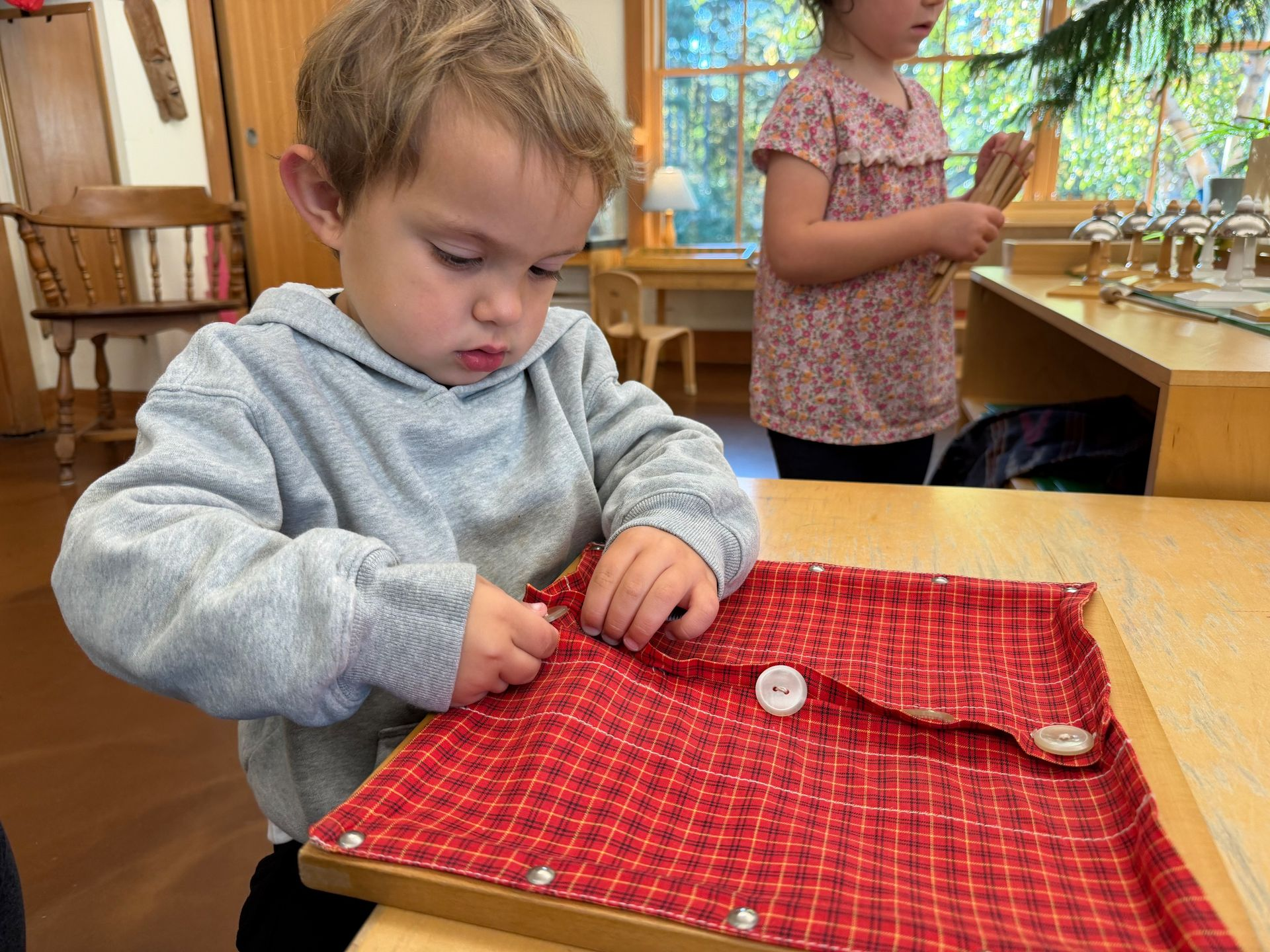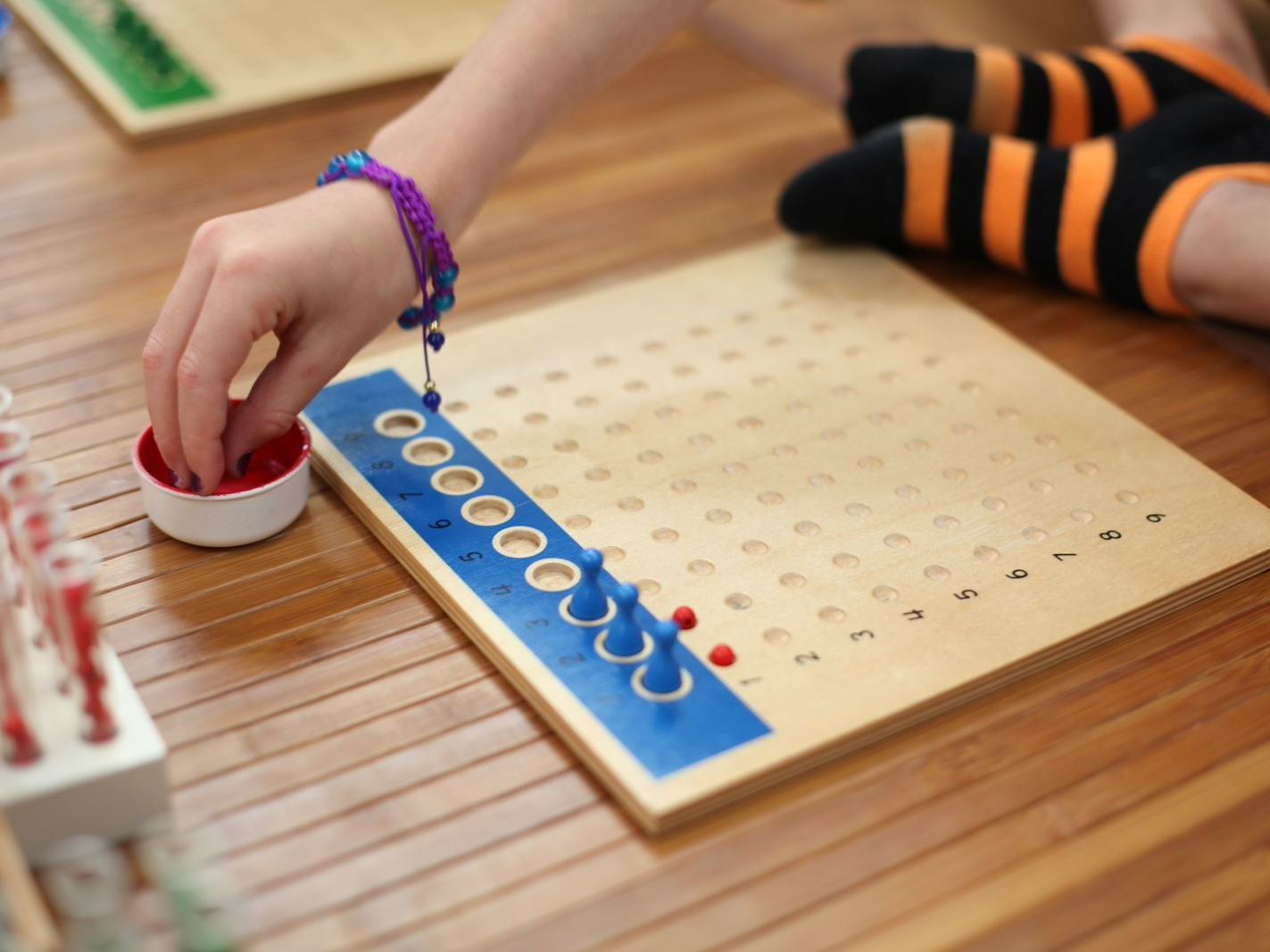Mother and Newborn: A Deep Early Connection

The moments immediately after birth mark the beginning of a new yet deeply connected relationship between mother and infant. Though they are now separate beings, their bond remains intensely intertwined in a symbiotic relationship—one that nurtures, sustains, and supports both.
The word "symbiosis" originates from the Ancient Greek "σύν" (together) and "βίωσις" (living), beautifully encapsulating this critical early period where mother and baby live in close, mutual dependence. During this time, each provides something essential to the other, fostering survival, emotional security, and a foundation for lifelong attachment.
The Newborn’s Dependence on the Mother
Human infants enter the world in a state of immense dependency. Due to the evolutionary growth of the brain, babies are born before they reach full developmental maturity—an adaptation necessary to ensure a safe passage through the birth canal. This means that, unlike many other species, a human newborn requires continuous care and support in order to thrive. Infants’ nervous systems, movement, and even digestion are still developing outside the womb, making maternal presence essential for their adaptation to life beyond the confines of their prenatal environment.
The Mother’s Need for the Newborn
While the newborn’s need for the mother is evident, the mother’s need for her infant is just as profound. After birth, a mother’s body requires the baby’s presence to complete the physiological transition of childbirth.
Skin-to-skin contact and immediate breastfeeding trigger the release of oxytocin, which aids in contracting the uterus, expelling the placenta, and reducing the risk of postpartum hemorrhage. Additionally, prolactin, another key hormone stimulated through breastfeeding, deepens maternal attachment and fosters the nurturing instinct. As Ashley Montagu explains in her book, Touching:
“Psychologically, this intensification serves further to consolidate the symbiotic bond between herself and her child. In this bonding between mother and child, the first few minutes after birth are important. This is the beginning of that time when mother and baby are literally getting in touch with one another.”
This early connection is not just physical—it is deeply emotional. The mother’s body, heart, and mind undergo a transformation, developing an instinctive responsiveness to her baby’s needs. The mutual dependency between mother and child is what makes this period so unique and essential.
The Newborn’s Transition: Finding Security in the Familiar
Emerging into the external world is a dramatic shift for newborns. The womb was a place of warmth, movement, and constant sound—their mother’s heartbeat, breath, and voice. Birth catapults them into an unfamiliar space filled with new sensations, but certain elements can help bridge this transition. When held close, newborns find comfort in their mother’s scent, heartbeat, and voice—familiar reference points that reassure and provide continuity between the prenatal and postnatal worlds.
Meeting the Newborn’s Five Immediate Needs
Newborns enter life with five fundamental needs that ensure their smooth adaptation:
- Direct contact with the mother
- Adherence to biological rhythms
- Temporal, physical, and social order
- Space for unhindered vision and movement
- Opportunities to explore with all the senses
These needs are met through three essential aspects of the mother-child relationship: holding, handling, and feeding.
Holding: The First Experience of Love
Holding, especially skin-to-skin contact, is crucial in the moments and weeks after birth. Being held provides the newborn with reassurance and an immediate sense of belonging. As Montagu describes in Touching:
“It is through body contact with the mother that the child makes its first contact with the world, through which he is enfolded in a new dimension of experience, the experience of the world of the other.”
Through touch, infants absorb the warmth, rhythm, and security of their mothers. This experience lays the foundation for trust, emotional stability, and future social bonds.
Handling: Loving, Intentional Care
Every interaction—bathing, changing, dressing—provides an opportunity for meaningful communication. Handling should be done with love and respect, fostering collaboration between caregiver and infant. When approached with attentiveness and predictability, these routine interactions create security and help the baby integrate into the social world with confidence.
Feeding: A Relationship Beyond Nutrition
Feeding, particularly breastfeeding, is not just about nourishment—it is about connection. The act of nursing stimulates hormones in both mother and baby, supporting digestive development, immune function, and emotional bonding. In fact, as the baby nurses, twenty different gastrointestinal hormones are released in the mother and infant, which stimulates the growth of the baby’s intestines and increases calorie absorption.
How feeding happens also matters. Even though newborns need guidance, we want to allow them to initiate suckling, as this reinforces their autonomy and natural rhythms. This early dynamic of mutual responsiveness creates a foundation of trust—ensuring children feel safe, heard, and secure in their ability to have their needs met.
The Lasting Impact of the Symbiotic Period
The symbiotic period, spanning approximately six to eight weeks, is foundational in shaping the infants’ perception of the world. Babies who experience warmth, responsiveness, and consistency in these early weeks develop an intrinsic trust in their environment. Likewise, through this deep connection, the mother gains confidence in her role and solidifies her bond with her child.
The profound mutual dependence of the symbiotic period is not just about survival—it is about building a relationship of love, trust, and security that serves as the blueprint for infants’ future interactions. By embracing this period with intention, awareness, and tenderness, both mother and baby emerge from it transformed—ready to take on the next stages of growth, hand in hand.
In Montessori, we are intentional about how we support each stage of development.
Contact us to learn more!




